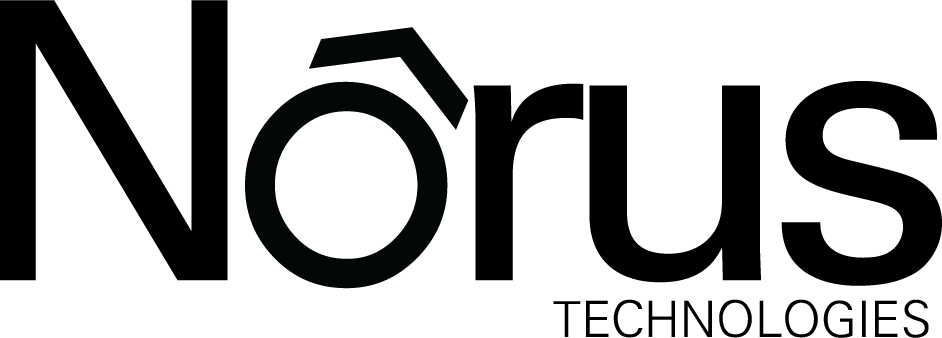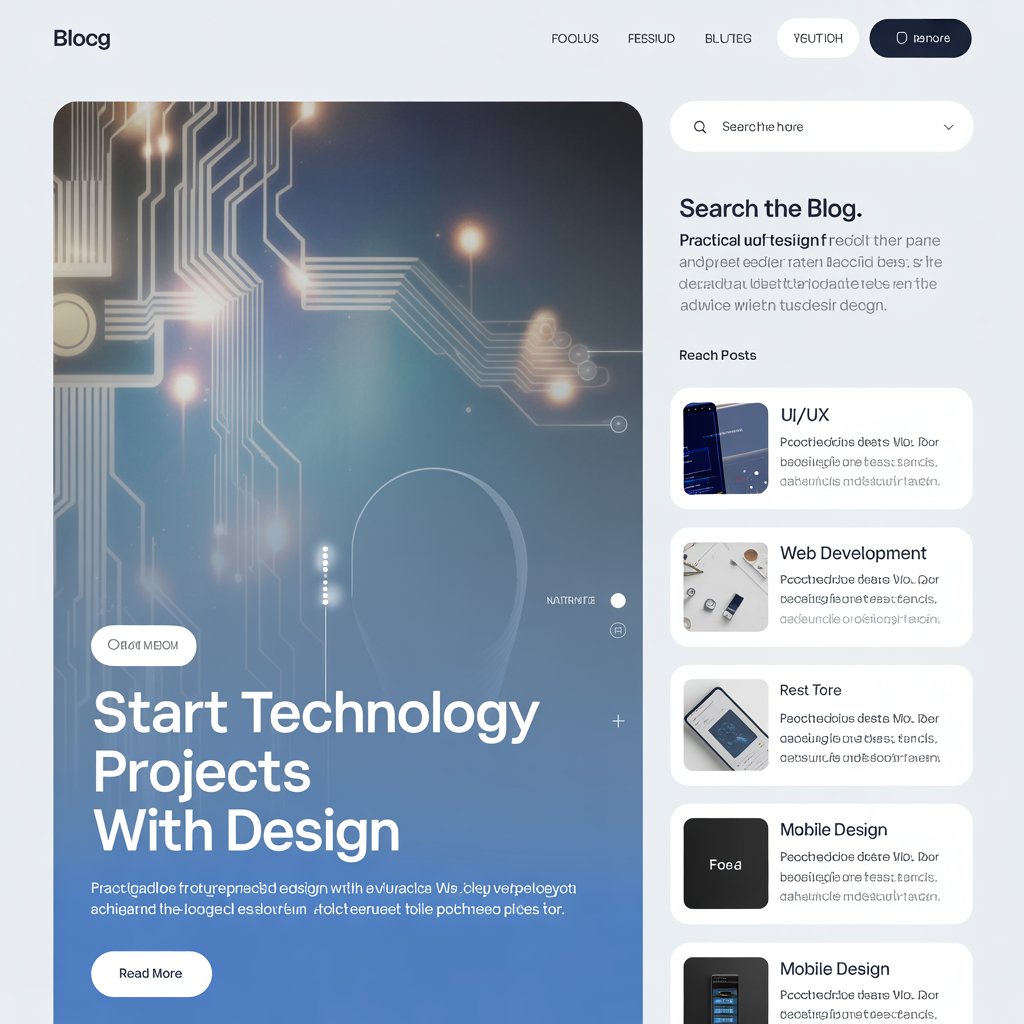Choosing the right technology vendor can make or break a nonprofit’s effectiveness. Selecting the wrong partner can lead to wasted resources, compliance failures, and a potential misalignment with your mission. Here are five critical red flags to keep in mind when evaluating technology vendors.
1. Lack of Nonprofit Experience
Minimal Understanding of Nonprofit Needs
Nonprofits operate under unique financial, operational, and regulatory constraints. Unlike for-profit organizations, nonprofits often work with tight budgets, depend on donor trust, and need to comply with specific regulations, such as charitable registration laws. If a vendor lacks experience in the nonprofit sector, it is unlikely they will fully grasp the challenges you face, potentially resulting in a mismatch of expectations.
Why This Matters: Without firsthand experience working with nonprofits, vendors may offer solutions that overlook key functionalities your organization requires, such as donor management, grant tracking, or volunteer coordination.
No Relevant Case Studies or References
When a vendor cannot provide case studies or references from past nonprofit clients, this should set off alarm bells. Reliable vendors should be able to showcase their previous work with similar organizations and how they tailored their solutions to meet specific nonprofit needs.
Tip: Ask for case studies and references to confirm the vendor’s experience. Evaluate their testimonials to understand how well they supported other nonprofits and delivered results.
2. Unclear or Hidden Costs
Opaque Pricing Structures
Transparent pricing is essential when choosing a technology vendor. If a vendor’s pricing model is complicated or lacks clarity, you might face unexpected expenses that strain your budget. Nonprofits often rely on donations, grants, and limited funds, so unanticipated costs can be detrimental to ongoing operations.
Red Flags: Watch out for vendors who avoid giving a straightforward quote or have multi-tier pricing without clearly explaining what each level includes.
Hidden Fees
A vendor who doesn’t disclose additional fees for customer support, system upgrades, or data migration can quickly deplete your budget. These hidden fees often emerge once you are locked into a contract, putting your organization at financial risk.
Actionable Advice: Before committing, ask for a comprehensive breakdown of potential additional charges and ensure that the vendor discloses any fees upfront.
3. Poor Communication and Responsiveness
Delayed Responses
How a vendor communicates during the initial evaluation process is often an indicator of how they will respond once the contract is signed. Slow or inconsistent responses can mean subpar customer service down the line. Your nonprofit depends on reliable and prompt support, especially during critical periods like fundraising campaigns or community initiatives.
What to Watch For: If emails go unanswered for days or your questions are met with delays, consider this a major warning sign. Fast and consistent communication should be a priority for any vendor aiming to serve nonprofits effectively.
Unwillingness to Answer Questions
A technology vendor should be open to discussing all aspects of their service. If you find that your potential partner is hesitant or evasive when answering questions about their service capabilities, integration options, or data security practices, proceed with caution. Nonprofits need partners who are transparent and straightforward.
Pro Tip: Prepare a list of essential questions before meeting with a vendor. Gauge their willingness to answer each question clearly and in detail.
4. Overpromising Capabilities
Unrealistic Guarantees
Vendors that promise the world without understanding your nonprofit’s specific needs are cause for concern. Promises of fast implementation times, overly generous performance metrics, or guarantees without evidence can indicate a lack of realism. A responsible vendor will take time to understand your organization’s processes and requirements before making commitments.
Common Pitfall: Be skeptical if a vendor promises that their software or service will solve all your problems with minimal customization or effort. A one-size-fits-all solution rarely exists, especially in the nonprofit sector.
Lack of Customization
Nonprofits often need tailored solutions to manage a combination of tasks that range from donor management to impact reporting. Vendors that insist their standard package will fit perfectly without customization may not be able to deliver what your nonprofit truly needs.
Tip: Discuss potential modifications or add-ons that can cater specifically to your operations. If a vendor dismisses the need for any customization, consider alternative partners.
5. Insufficient Security Measures
No Clear Security Policies
Protecting your organization’s data is non-negotiable. Nonprofits often handle sensitive donor information, personal data from beneficiaries, and other confidential details. A vendor should be able to provide detailed documentation on how they secure this data, from encryption practices to access controls.
Why This Matters: Without clear security measures, your organization risks data breaches that could erode trust and lead to legal consequences. Vendors should be compliant with data protection laws, such as the General Data Protection Regulation (GDPR) or the Health Insurance Portability and Accountability Act (HIPAA) if relevant.
Non-compliance with Regulations
Vendors should be transparent about their compliance with data protection standards. Failure to comply with laws such as GDPR can result in penalties, and it reflects poorly on a vendor’s reliability. Always ask for documentation proving their compliance, including certifications and audit reports.
Practical Tip: Ensure that the vendor is willing to sign data protection agreements and non-disclosure agreements (NDAs) to safeguard your organization’s data.
Conclusion
Choosing the right technology vendor can propel your nonprofit forward, making operations more efficient and effective. Conversely, the wrong vendor can drain resources, compromise data security, and disrupt your mission. By being aware of these five major red flags—lack of nonprofit experience, unclear costs, poor communication, overpromising capabilities, and insufficient security measures—you can make a more informed and confident decision.
Remember: Trust your instincts, perform thorough due diligence, and don’t be afraid to walk away if a vendor doesn’t align with your organization’s needs and values. The right partner will share your commitment to transparency, integrity, and positive impact.






